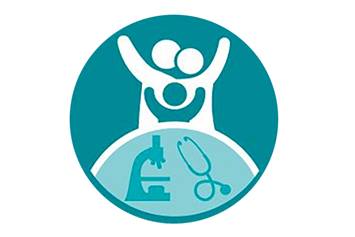
Behavioral Health Clinical Research
Clinical researchers at Nationwide Children's are committed to identifying new approaches for the prevention, diagnosis and treatment of emotional, behavioral and developmental problems and disorders.
The Ohio State University Department of Psychiatry also has additional behavioral health and psychiatry clinical trials for children and adolescents.
Open Behavioral Health Clinical Studies
Brain Growth Across Childhood: Recruiting 8- to 21-Year-Olds for FACT Study
The FACT study, or Functional Activation in Children and Teens: Neuroimaging of Healthy Neurodevelopment, will look at how the brain changes across childhood and adolescence.
Researchers Looking for Youth Athletes Who Stopped Contact Sports After Concussion
Researchers want to learn why youth athletes retire from contact sports after concussion(s) and the effects of this decision on the individual and the family.
Seeking Teenagers With a Past History of Depression
Researchers want to determine how a new therapy, RF-CBT, works at preventing depression relapse in teens/adolescents.
Randomized Trial for Newly Diagnosed High Risk B-precursor Acute Lymphoblastic Leukemia and testing Clofarabine in the Very High Risk Stratum
Researchers want to find out if using chemotherapy with ITT improves survival rates better than using chemotherapy with IT MTX for HR-AL.
Researchers Studying the Brain and Self-Harm in Teens Ages 14-17
The Longitudinal Trajectories in Understanding Self-Injury (LoTUS) study is to learn about how repetitive negative thinking is related to self-harm and the brain in teens.
Looking for Healthy Youth Ages 6-17 to Study Virtual Reality Games and Brain Activity
Researchers want to learn more about how the brain responds to pain and whether playing iPad and VR games change this activity.
Parent Coaching for Young Children With Suspected or Confirmed Autism Spectrum Disorder
The purpose of this study is investigating the parent coaching telehealth model to support language development in children with autism spectrum disorder or suspected autism spectrum disorder.
Parents and Caregivers of Children With Autism Needed for Focus Group on Collaborative Video Game
Researchers want to gain information and feedback about the design of a wearable device used for a collaborative video game created for children with autism and their peers.
Understanding Genes and Inherited Risks of Anorexia and Bulimia Nervosa
Help researchers learn more about the genes and inherited risks of anorexia and bulimia nervosa.
Child Development Center Clinical Studies
SPARK: Simons Foundation Powering Autism Research for Knowledge
The mission of SPARK - an online research partnership involving 50,000 individuals with autism and their families - is simple: to speed up research and advance understanding of autism.
Help Researchers Learn More About Managing ADHD Symptoms in Youth with Autism
The purpose of this study is to help researchers understand the benefits and side effects of medicines often used to treat attention deficit hyperactivity disorder (ADHD) in children with autism.
Autism Spectrum Disorder Study for Children 8 to 15 Years Old
A study to learn more about Regulating Together and canine-assisted therapy for emotion dysregulation.



